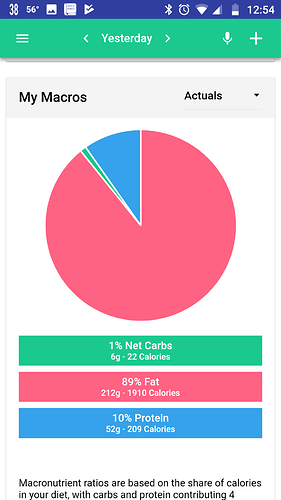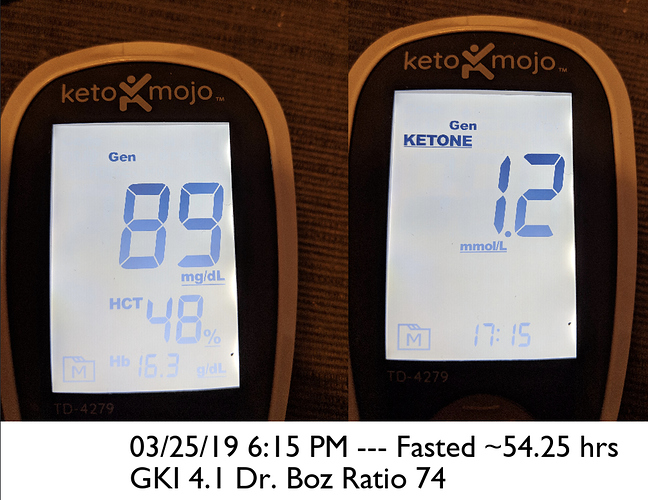Why does it seem contradictory? Fat is the preferred source of energy so if you consume high fat, you’ll be satisfied faster and your body will start clearing out your liver fat. Carbs, and especially fructose (from the always-healthy-for-you fruits) can only be metabolized in the liver… and with carbs, your insulin will stop any fat burning and push the pedal to fat storage.
Our bodies are not simple machines. They’re amazing dynamic and adaptive systems that do their best with the carbage we throw at them. They metabolize alcohols and carbs first because they are the most dangerous and need to be removed or sequestered before they cause rapid damage. So the liver takes the brunt of it to keep us alive… this is not good for the liver, but it’s better than brain damage. Once you switch to fats, the liver can finally rest and start working the way it was intended to.


